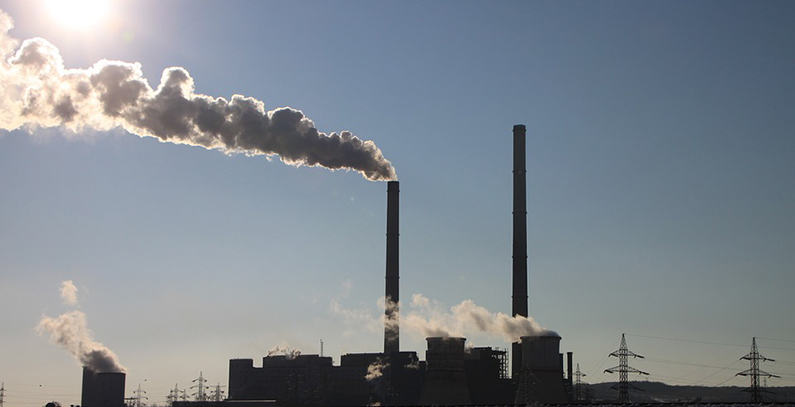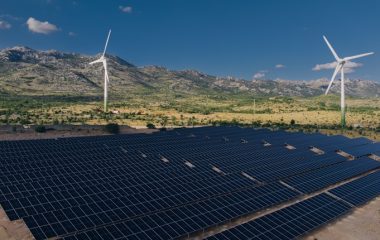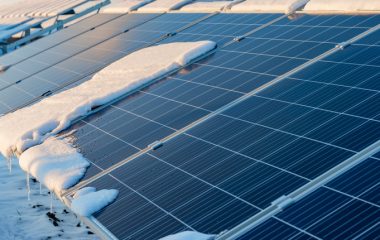
Photo: Pixabay
The Romanian government is considering introducing a scheme for offsetting the cost of the EU Emission Trading System (EU ETS), but details have not yet been announced, local media reported.
The scheme would be available to all companies that are obliged to hold emission allowances. The price of these certificates has increased sharply in the last two years, from EUR 5 to EUR 25 per metric ton.
Florin Ciocanelea, economic advisor to Prime Minister Viorica Dancila, has said that an inter-ministerial committee has been set up to propose a compensation scheme, Economica.net reported. The idea is to offset the costs companies have for purchasing emission allowances. He said that 15 such schemes currently exist in the EU.
The Romanian media are saying that the most affected company in the country is power producer Oltenia Power Complex, which is producing electricity in coal-fired power plants. In 2018, the company paid RON 1.4 billion (around EUR 296 million) for emission allowances. In the same year, the company posted a RON 1.1 billion (EUR 233 million) loss.
Projections by relevant institutions say that the EU carbon price could reach EUR 35 to EUR 40 per ton over the 2019-2023 period.
According to the Report on the functioning of the European carbon market, in addition to free allocation to cover direct carbon costs, EU member states may grant state aid to compensate some electro-intensive industries for indirect carbon costs, i.e. costs resulting from increased electricity prices due to power generators passing on the costs of purchasing allowances to consumers.
To ensure harmonized application of indirect carbon cost compensation across EU member states and minimize competition distortions in the internal market, the European Commission has adopted the EU ETS State Aid Guidelines, which are valid until the end of 2020.
The Guidelines determine, among others, eligible sectors and maximum amounts for compensation of indirect carbon costs.


















Be the first one to comment on this article.